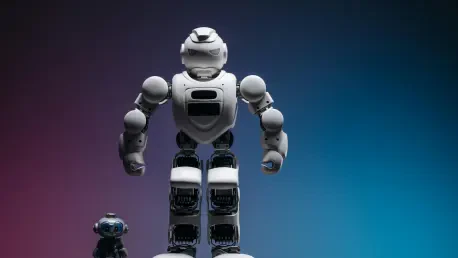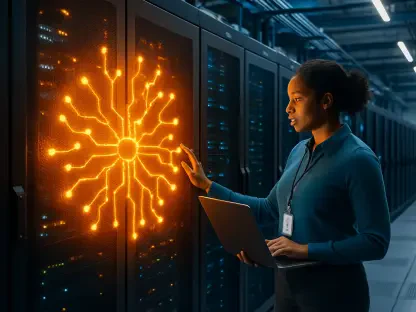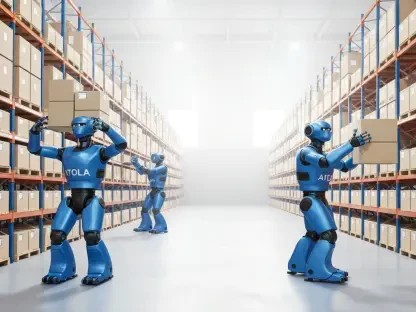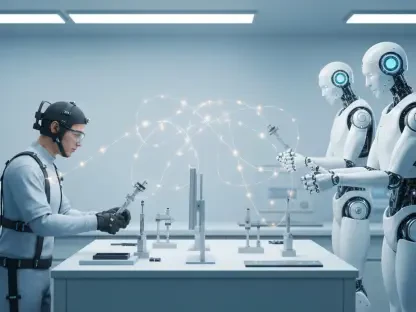What if the ability of robots to jump and land with precision could redefine what machines accomplish daily? Recent advancements, led by the Massachusetts Institute of Technology’s Computer Science and Artificial Intelligence Laboratory (MIT CSAIL), have ushered robotics into a domain where generative artificial intelligence (GenAI) enhances not merely functionality but revolutionary agility and safety.
Transforming the Robotic Landscape
In an increasingly automated world, the need for robots to navigate complex terrains safely and efficiently has never been more pressing. Robotics has traditionally grappled with static design principles, limiting its ability to perform dynamic tasks. However, the infusion of GenAI into robotic design signals groundbreaking potential—robots now jump 41% higher, landing securely to perform intricate tasks beyond traditional capabilities. This shift could drive profound changes across industries, streamlining operations, increasing safety in hazardous environments, and pushing the boundaries of daily life interactions.
Harnessing AI for Revolutionary Design
GenAI, renowned for its creative prowess, applies diffusion models within the robotics sphere—an innovative leap akin to visual narratives created by OpenAI’s DALL-E. Through a thoughtful experiment at MIT CSAIL, robots transcended traditional design limits, emulating human locomotion more effectively. These AI-driven designs generate unexpected geometries, like curved and drumstick-like articulations in mechanical legs, optimizing energy storage and release.
Through this process, researchers collaborated with AI as creative partners, seeding initial designs to evolve organically. This methodology surpassed manually refined structures, requiring no post-production tweaks, achieving breakthroughs in precision and efficiency.
Expert Insights and Research Breakthroughs
According to Byungchul Kim, an MIT researcher, the blend of human ingenuity with AI presents uncharted design horizons. The research identified a stark contrast between typical rectangular components and the newly discovered curved configurations. These findings emphasized enhanced stability and energy efficiency, fostering safer landings and superior jump heights.
Tsun-Hsuan “Johnson” Wang, another CSAIL researcher, illustrated how AI’s recalibration of robotic limbs fundamentally shifts conventional construction paradigms. Their work involved simulating hundreds of designs, which, through iterative refinement, highlighted AI’s role in deducing viable, radical solutions that outpace traditional designs.
Bringing Innovation to Life
Integrating GenAI into practical robotics development involves the meticulous adaptation of these creative designs into functional applications. Fields as diverse as manufacturing or personal home robotics stand to benefit, moving toward the seamless integration of adaptable, responsive machines. This conceptual framework paves the way for more robust, contextually adaptable robots that enhance production lines and everyday human experiences.
Looking Ahead: The Future of AI and Robotics
The path forward beckons continued exploration in AI-enhanced robotics. Lighter, more resilient materials could amplify GenAI’s success, promising an era of precision and unparalleled performance. Researchers envision increasingly sophisticated robots, capable of executing intricate maneuvers, manipulating objects, and operating independently. Possibilities for more versatile motor systems could lead to robots capable of directional control and unprecedented agility.
This journey reflects an evolution, not a departure, from human artistry. It demonstrates how AI’s creative collaboration with human goals is reshaping possibilities in robotics, heralding a future rich with smart, adaptive machines designed to meet rising demands. As robotics continues this trajectory, success will manifest not just in leap heights, but in new dimensions of functional autonomy and human-like flexibility.









